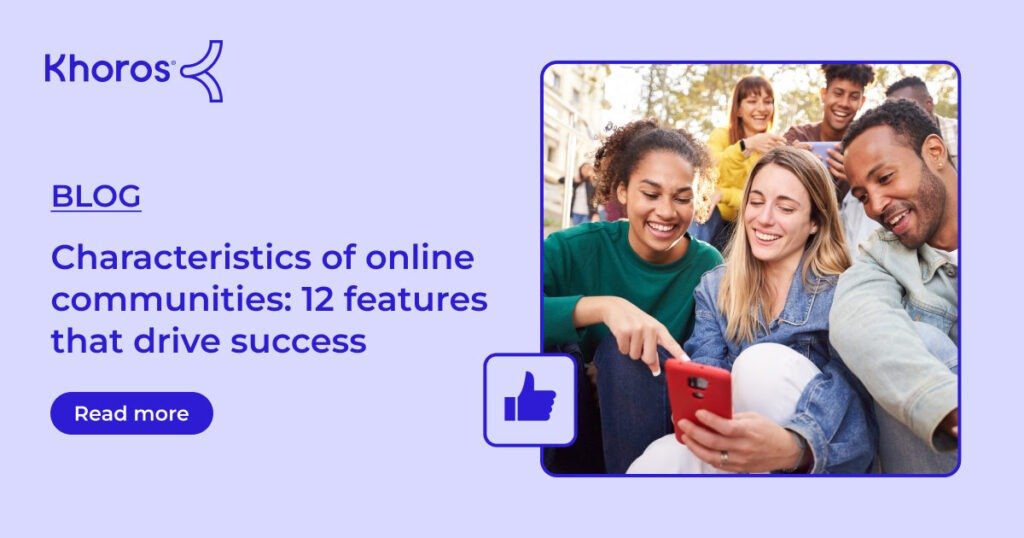
Un receptive community can only be realized when you gain a deep understanding of its needs. Engage them regularly and clearly demonstrate how their feedback will be addressed.
Establish subgroups within your community dedicated to specific interests in order to bring like-minded members closer and increase opportunities for engagement. Incentivization programs can also be effective ways of motivating community members.
1. Digital Engagement
Digital engagement has become an integral component of many communities, enabling people to participate on their terms while opening up a deeper dialogue that unpacks issues more thoroughly and insightfully. Digital engagement also serves as a great way for residents who might otherwise be excluded from traditional meeting-based strategies to participate, for example a single mother who couldn’t attend community meetings to voice her concerns over new development might find voice online or through social media instead.
When designing an online community engagement platform, it’s crucial to promote user participation by incentivizing them with personalized content and responding quickly and publicly to any feedback or inquiries that come in from users – this can build trust while showing the project team is listening!
Communities reliant on online engagement can use platforms like Juno to gather qualitative feedback and develop actionable community plans. By collecting and analyzing data, stakeholders in these communities can identify what works and what doesn’t – this helps guide future projects as well as measure the results of past initiatives.
2. Real-World Events
Community engagement can leave certain segments of a population feeling left out. That’s why it’s essential to create outreach strategies that reach residents where they are; digital tools, in-person contact methods or even phone contact can help reach those who cannot attend meetings or complete online surveys regularly. Furthermore, solutions with features that enable qualitative feedback collection provide invaluable insight into an initiative’s impact.
One effective strategy for building stronger communities is empowering community members to make decisions for themselves. This may involve participatory budgeting – where government makes decisions and then opens it up for voting by residents – or community engagement events or brief surveys hosted online that allow people to choose among various options for new public parks or choose among various alternatives for new public facilities – giving people more power in shaping the society they envision for themselves.
3. Community Surveys
Many governments conduct community surveys to measure resident satisfaction with city services and determine their priorities, from quick one or two question surveys on specific topics to lengthy surveys with pages of questions that cover more general subjects that are repeated annually.
To achieve optimal results from a community survey, it’s essential that you have an in-depth knowledge of your target audience – their demographics, cultures and languages as well as any power imbalances in the community. Doing this advance work can allow you to tailor questions specifically designed to reflect what each target audience member would like included.
Community engagement tools that offer multiple distribution channels – like phone, digital, in-person and mobile – will ensure they reach everyone in your community. Tools with features like auto-language detection and translation will further widen this reach, creating two-way dialogue that fosters trust with residents while encouraging engagement. Furthermore, these tools may reduce survey fatigue by showing you value their opinions.
4. Advisory Boards
Advisory boards can be an excellent way for organizations to gain valuable insights without incurring the commitment and costs associated with full-fledged boards of directors. But an advisory board is no panacea and its return should be evaluated carefully before making the investment decision.
Community engagement projects may seem like just one more activity competing for public attention, so governments can empower residents by giving them the ability to make decisions for themselves – for instance through participatory budgeting.
Advisory boards should set clear, measurable goals that are clearly communicated to their members, with an established process for gathering insights, prioritizing them and taking appropriate actions on them. In addition, holding them accountable means keeping members engaged between meetings via regular updates, feedback loops and recognition of contributions made. Advisory boards should be periodically evaluated by organizations as part of an overall strategic review; an advisory board management platform such as OnBoard can assist organizations by organizing effective meetings while tracking member responsibilities effectively.
5. Social Media
Social media provides people with multiple ways to engage with one another and organizations. Building an active community on a social platform is an effective way to highlight your organization, highlight successes stories and connect with existing and potential partners.
Create opportunities for members of online communities to interact and build a sense of community among them by giving them opportunities for communication with one another, whether through hosting social media contests, highlighting specific members or simply promptly responding to comments and messages.
Accumulating qualitative feedback from community members via forums, interviews, or surveys is another outstanding component of an innovative community engagement approach. Such feedback serves to inform future initiatives while providing insight into individual members of a given community.
Municipality of Den Helder utilized its platform to host a “Lunch with the Mayor” project, inviting participants to throw their name into a hat for one of eight lunch seats available. Once drawn out, video footage was shared showing Mayor pulling names out, with photos and updates about this event also shared to keep its audience engaged and interested in participating.


